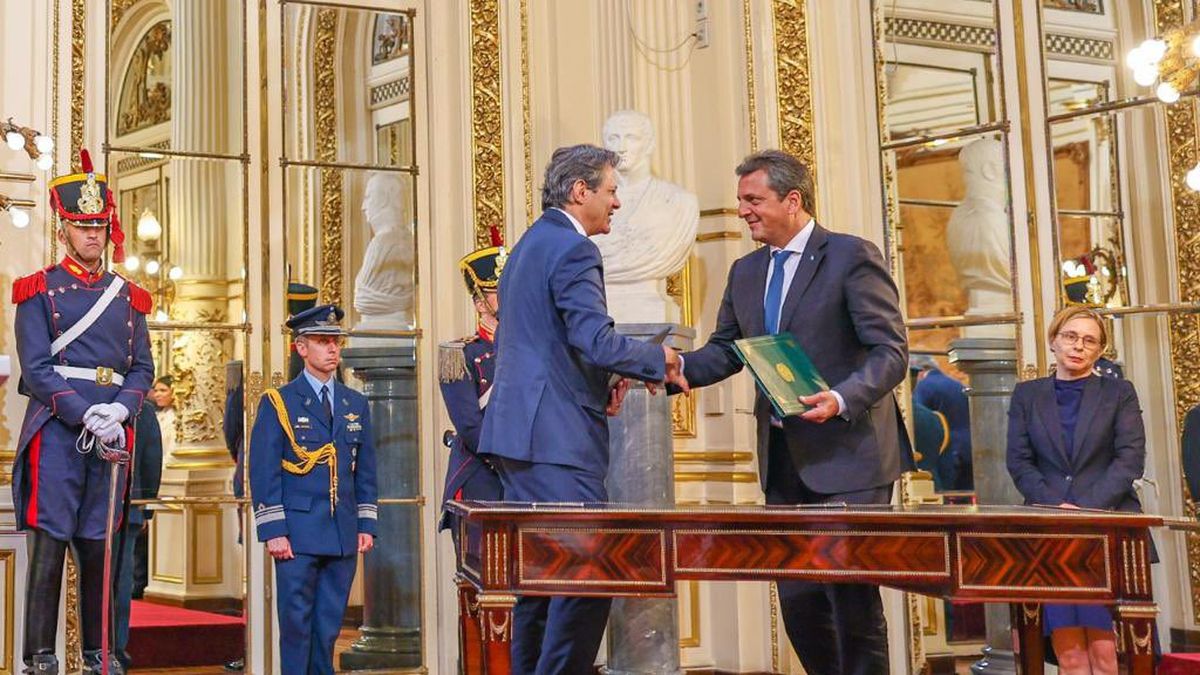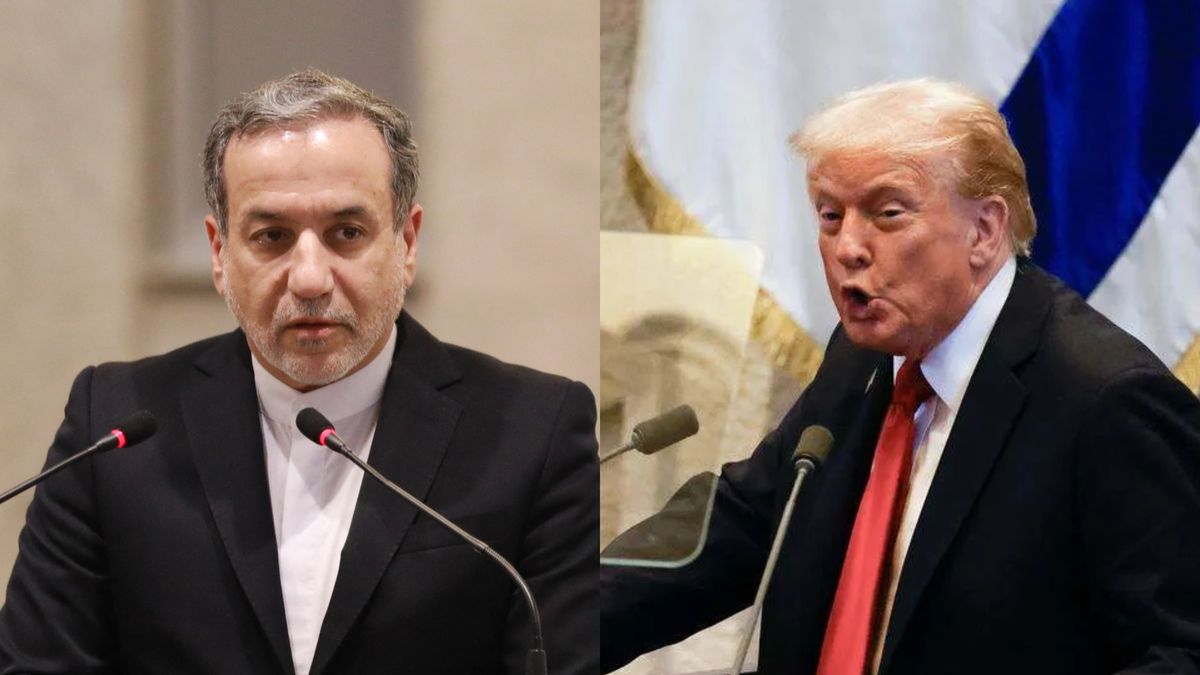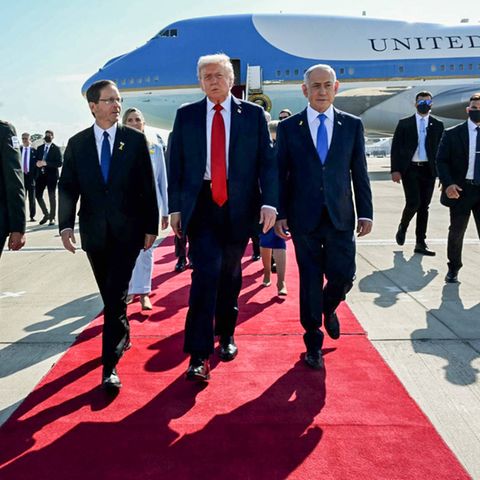Faced with the shortage of dollars, deepened by the drought, the Government and companies are exploring all possible mechanisms to maintain imports and sustain activity. Closed the swap with China to trade in yuan, now the Minister of Economy, Sergio Massaseeks a way to maintain bilateral trade with Brazil, the main trading partner, and at the same time decompress the use of reserves.
So far, there has been no concrete progress on everything announced in January when the president of Brazil, Luiz Inacio Lula da SilvaHe was in Argentina. Industry sector sources told Ambit that have “low expectations” that progress is made, at least in the short term. Where there is a concrete negotiation and that could be closed in the coming weeks is for the automotive sector, especially for large companies.
Sources from the Ministry of Industry, which heads José Ignacio “Vasco” de Mendigurencommented that one of the schemes that is negotiated between both governments, together with the Argentine and Brazilian automotive sector, is to be able to extend the payment terms. The official thing is that access to foreign currency usually occurs in 30 days for auto parts manufacturers, in 45 days for terminal parts, in 120 days for finished cars and in 180 days for capital goods.
However, in practice, the terms of access to foreign currency of the SIRAs began to lengthen in the last days, as this newspaper was able to find out from sources in the private sector. From an automaker they commented that the SIRA approval system is coming out with 365-day terms for terminal inputsso they have to go out in search of financing, or continue increasing intercompany financing, in the event that it is the same multinational.
On the other hand, the same parts, if they are imported from China in yuan, can have SIRAs with much shorter payment terms, Therefore, a special agreement is sought between companies and governments in order to reach a solution, and that Brazil does not lose ground with China. There is talk of extending the payment term to 220 daysbut “there is resistance”, they commented from the private sector.
Massa had anticipated this negotiation in front of businessmen from the United States Chamber of Commerce (AmCham). When he mentioned the alternatives that were being carried out to try to complement the almost US$ 20,000 million that will be lost in agricultural exportsmentioned: “There is a third operation underway that centrally involves the automotive and auto parts sector with another type of currency. I’m not going to give details until we have it closed, but it also somehow clears up some of the uncertainty in terms of reserve pressure to achieve that framework of stability that we need for the end of the year”.
Negotiations with Brazil
Outside of what can be closed in the short term with the automotive sector, there is little optimism in the industrial sector about mechanisms to oil imports with Brazil in this context of foreign currency shortage. “Everyone is talking about the announcements that were made in January, but we have been talking about this for a year,” said sources from the Argentine Industrial Union (UIA). It is that in July of last year, the president of the UIA, Daniel Funes de Riojatraveled to Brazil to meet with his partner from the Federation of Industries of São Paulo (Fiesp)Josué Gomes da Silva.
In fact, at Fiesp, they are concerned about the use of yuan. “Each peso that is financed with yuan is a diversion of trade between Brazil and China”industry sources commented.
Efforts to obtain some type of financing with Brazil began in September of last year. In addition to Massa, the foreign minister, Santiago Cafiero, the Argentine ambassador in Brazil, Daniel Scioli and the president of the Central Bank, Miguel Ángel Pesce. And they got to the point of Alberto Fernández visiting Lula da Silva in Brasilia two weeks ago, where Lula stated that the Argentine government was leaving “Without money, but with political support.” The obstacles are not only internal between Lula and the Central Bank of Brazil, but also reach Congress, where technical issues should be defined, sources from the Argentine Embassy commented. In fact, Scioli held meetings with legislators from there.
The way in which Argentina seeks to convince the Brazilian opposition and financial organizations is that this It is not a way to help Argentina, but to the industrial exporters of Brazil, so that they do not continue “losing” market with China. for now, what was closed at the end of April was the expansion of the use of SML, to trade in reais and pesos, although for now very little extended among companies.
little optimistic businessman
In dialogue with Ámbito, dante sica, founder of Abeceb, the consultancy that closely monitors relations between Argentina and Brazil, was not optimistic that there would be progress in the short term. “What they see from Brazil is that any financial relationship is difficult with a country with such high inflation,” said the former Minister of Labor of Cambiemos. “For what is being negotiated, it is necessary to operationally define who is going to be in charge of covering the exchange risk, between the fact that the bank here cancels the debt with the bank in Brazil,” he explained. “In Brazil, the PT does not own the Government, it does not control Congress and the Central Bank is independent. Therefore, if the Treasury does not do it, nor the Central Bank, the BNDES will have to do it, but it asks for some type of guarantee, ”he added.
This is the reason that explains the search for Massa to find guarantees in the BRICS development bankheaded by the former president of Brazil, Dilma Rousseff, although for that it must modify its organic charter, for which 5 countries must agree at the same time. For this reason, Sica was pessimistic that there will be concrete progress in the short term: “It is difficult to think that this will come out in the last 4 months that this government has left before the elections.” In addition, one of the doubts of the Brazilian financial sector and industrialists is what will be the exchange rate at which bilateral trade will finally have to be paid.
On this point, Sica confirmed that in the economic plan of Patricia Bullrich, for which she works, she will seek to apply a stabilization plan, which will imply “correct the exchange rate”, along with wages and fees. “The will is to disarm the exchange rate as quickly as possible,” he anticipated, to tend, in stages, to unify the exchange rate as reserves recover, although for that they monitor the growth of commercial debt, debt in pesos and the profits of the companies.
Source: Ambito




